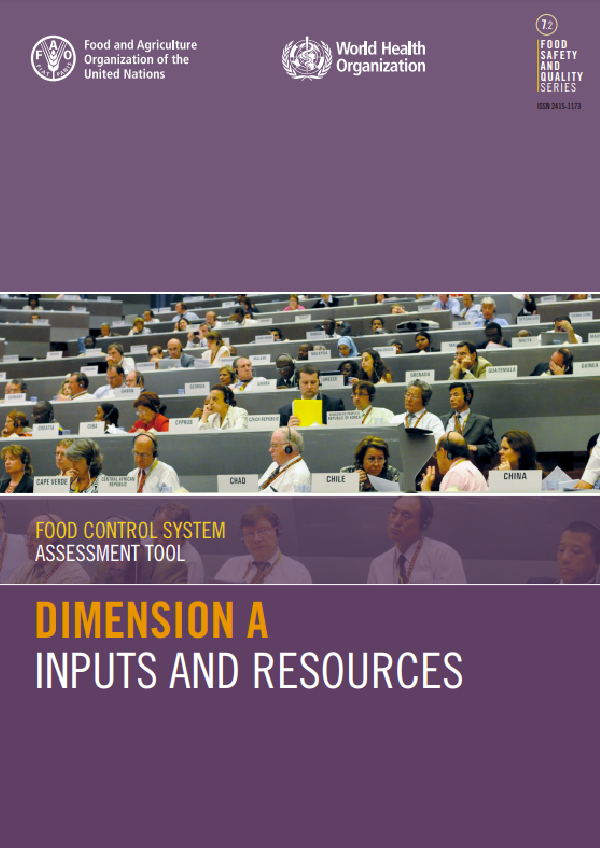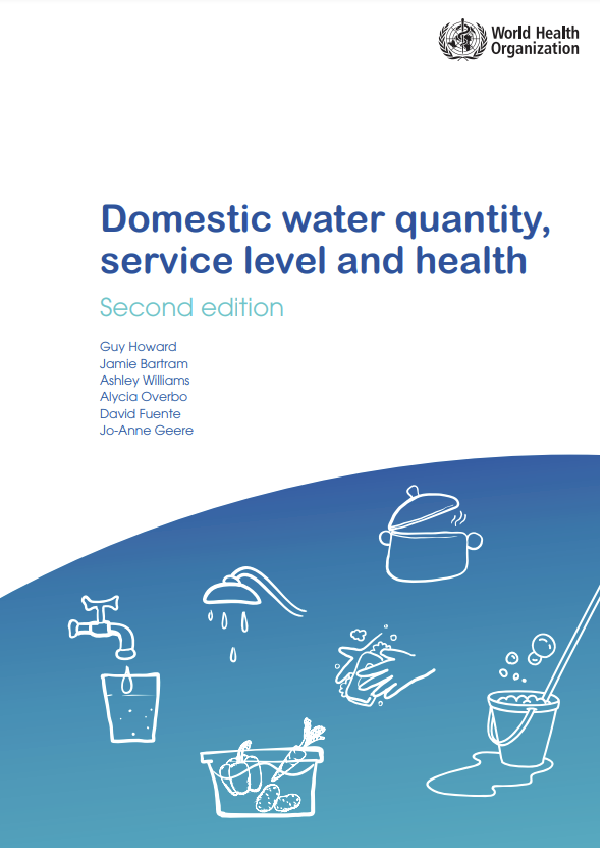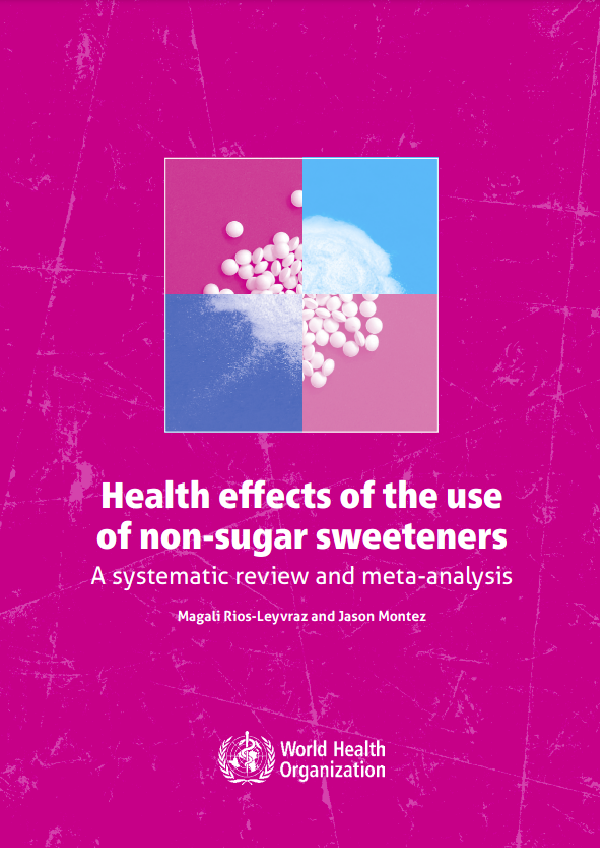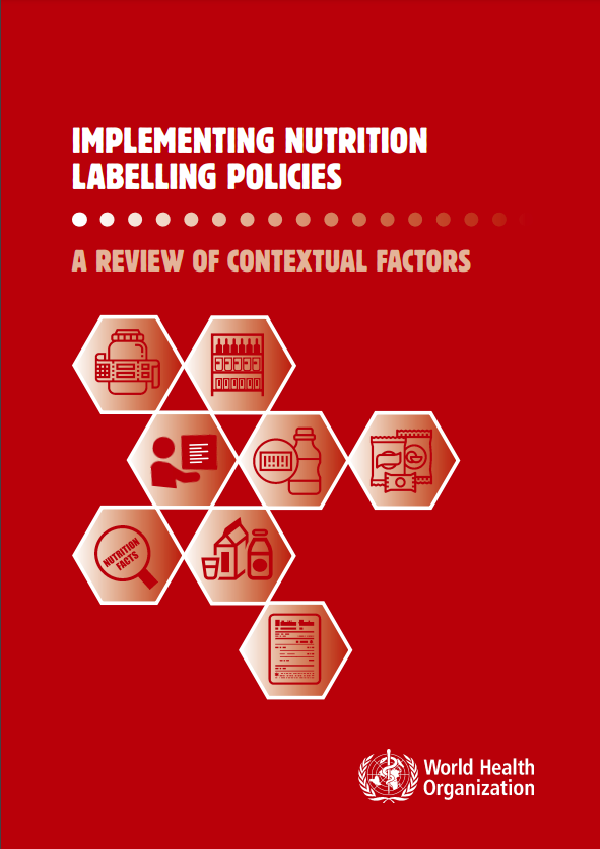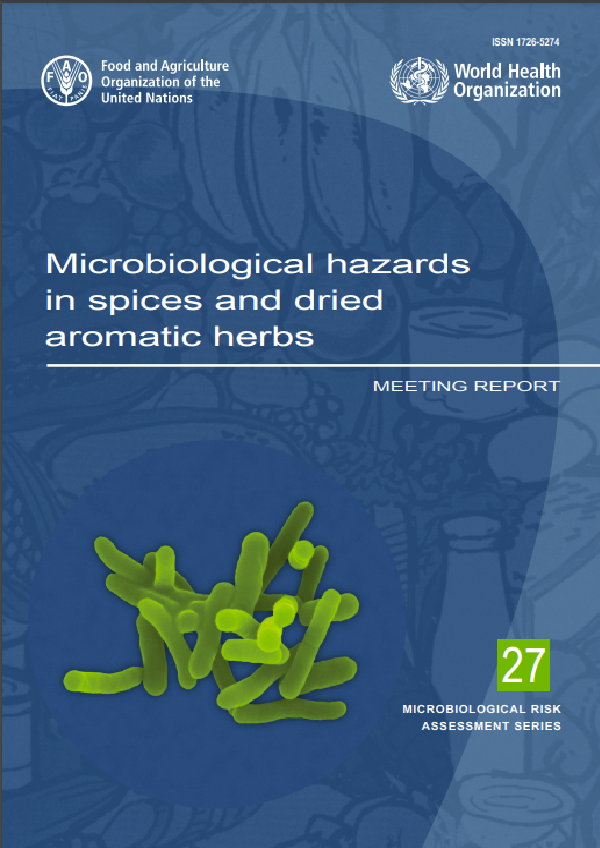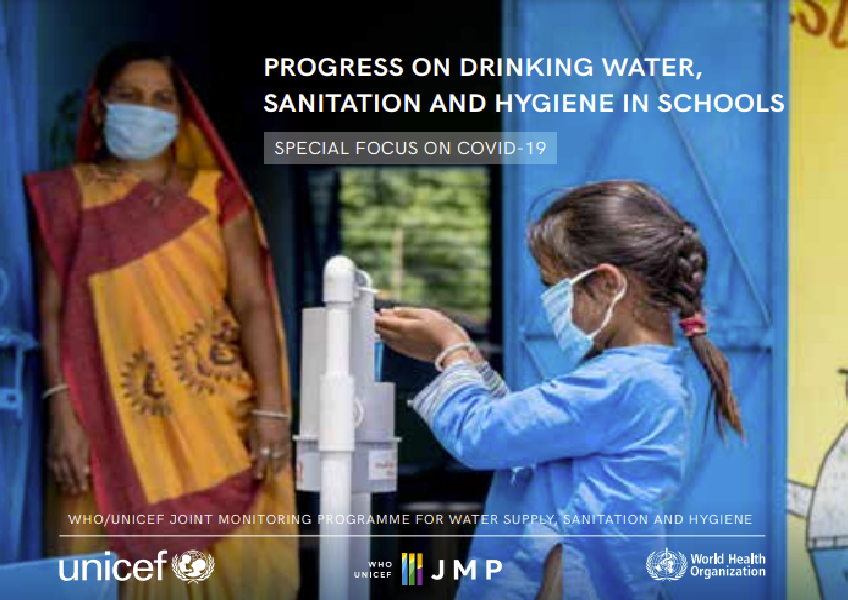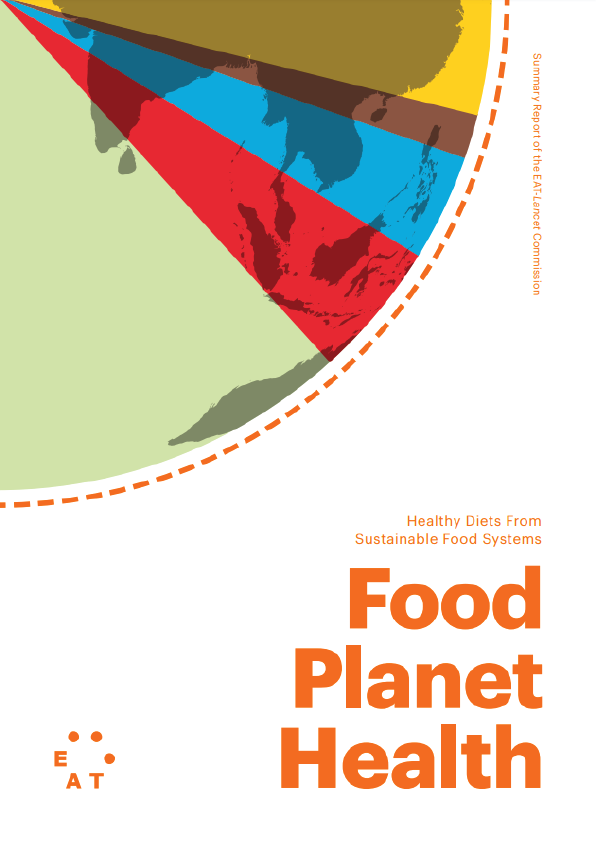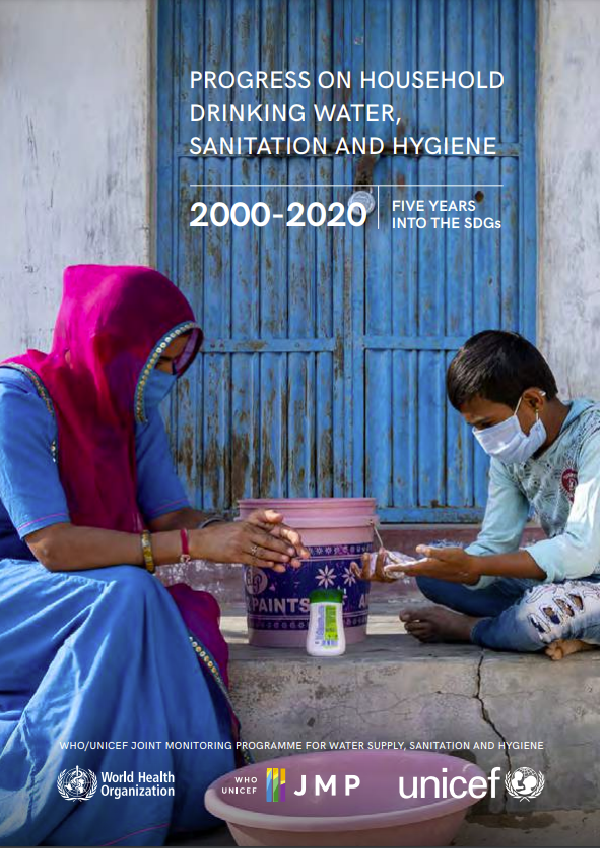Dimension A aims at mapping the fundamental elements necessary for the system to operate. These range from legal and policy instruments to financial assets, equipment and infrastructure, and human resources. Dimension A consists of nine competencies under three sub-dimensions which are Policy and Legal Frameworks, Infrastructure and Finances, and Human Resources.
A.1. Policy and Legal Framework explores the policy and legal foundation of the food control system. Three main elements are assessed here: the quality of the policy and legislation drafting processes; the conduciveness of the institutional framework to efficient use of the competent authorities’ resources and skills; and the incorporation of key technical elements into the legislation, aligned on internationally agreed good practices.
A.2. Infrastructure and Finances screens the fundamental inputs that should feed into the system to make it work properly, from the financial resources to sustain the system to the infrastructure to enable the food control activities to take place and the analytical resources to support official controls over food.
A.3. Human Resources analyses the issues related to food control personnel and the importance of their qualifications, professional development, and motivation to contribute towards the achievement of the food control policy outcomes.
This sub-dimension explores the policy and legal foundation of the food control system. Three main elements are assessed here: the quality of the policy and legislation drafting processes; the conduciveness of the institutional framework to an efficient use of the CAs’ resources and skills; and the incorporation of key technical elements into the legislation, aligned on internationally agreed good practices.
Competency A.1.1 (Policy and legal drafting process) analyses the existence of a food safety and quality policy and legislation of high quality, appropriate for its context, comprehensive and transparent. Two key areas are reviewed: first, an appropriate policy framework, where clearly articulated food safety and quality policies exist and are implemented through strategic plans that spell out CAs actions; and second, the existence of formal procedures for the policy and legal drafting processes and for the accessibility and publication of the legislation. The procedures should endorse comprehensive and participatory drafting processes, ensuring that the resulting food control system is inclusive, appropriate for the national context and clear on rights and responsibilities of CAs and on their technical independence and impartiality.
Competency A.1.2 (Institutional framework) features the elements that contribute towards an effective and efficient institutional framework for food control. A comprehensive, coherent and consistent distribution of mandates among CAs to ensure food safety and quality throughout the whole food chain should be complemented by mechanisms that ensure relevant and timely communication to exchange relevant information, as well as coordination among CAs to develop a common vision of food control. CAs, and their key staff, should also have all the necessary powers and responsibilities to carry out their mandates, while sufficient safeguards and appeal mechanisms should be in place to prevent abuse of power.
Competency A.1.3 (Elements for food control legislation) ensures that the legislation includes all the technical provisions necessary to implement food control activities and achieve the overarching objectives set in the food safety and quality policy. For this to happen, the food control legislation should apply to all steps of the food chain in a coherent manner. FBOs should have the primary responsibility for food safety and should be registered to enable proper oversight by CAs. The principle of risk analysis should be used as a basis for establishing food safety measures, while CAs should be legally empowered to provide regulatory oversight both on food production and on food imports, and to adjust their controls according to the level of risk. CAs should also be legally responsible for setting up efficient rapid alert, emergency preparedness and response systems, in line with international commitments and for surveillance of priority FBDs.
More information:
Dimension B: Control functions
Dimension C. Interactions with stakeholders
Dimension D: Science knowledge base and continuous improvement
